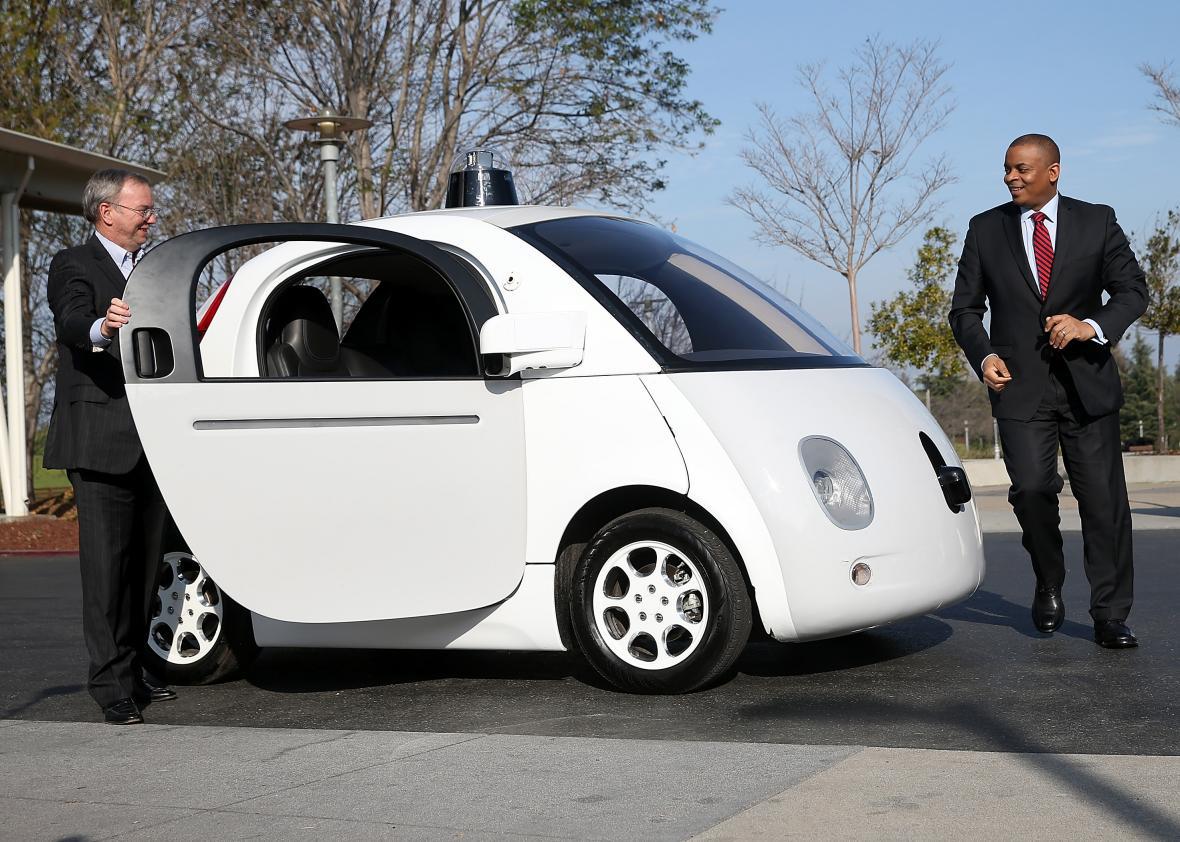The National Highway Traffic Safety Administration told Google last week that federal law could view the artificial intelligence systems controlling the company’s autonomous vehicles as “drivers.” The recognition is significant for Google and other companies that are trying to bring true self-driving cars to market—ones that don’t rely on a licensed human driver as a backup.
According to Reuters, the administration sent a letter to Google on Thursday in response to a November proposal from the company. The letter explained, “NHTSA will interpret ‘driver’ in the context of Google’s described motor vehicle design as referring to the (self-driving system), and not to any of the vehicle occupants.”
The decision contrasts with legislative discussion in states like California, where the state Department of Motor Vehicles proposed in December that licensed drivers and manual controls be required in autonomous vehicles. And NHTSA noted that some existing federal car safety laws (related to things like brake systems, for example) would conflict with a new definition of “driver” and won’t be simple to change or revise.
Ars Technica points out that the United Kingdom is having similar debates about autonomous vehicles right now. Like in the United States, self-driving cars in the U.K. can be tested on public roads only if a licensed driver is in the car and has access to full manual controls.
It might not be time to give up your car and driver just yet, but maybe soon you’ll have a car/driver.
